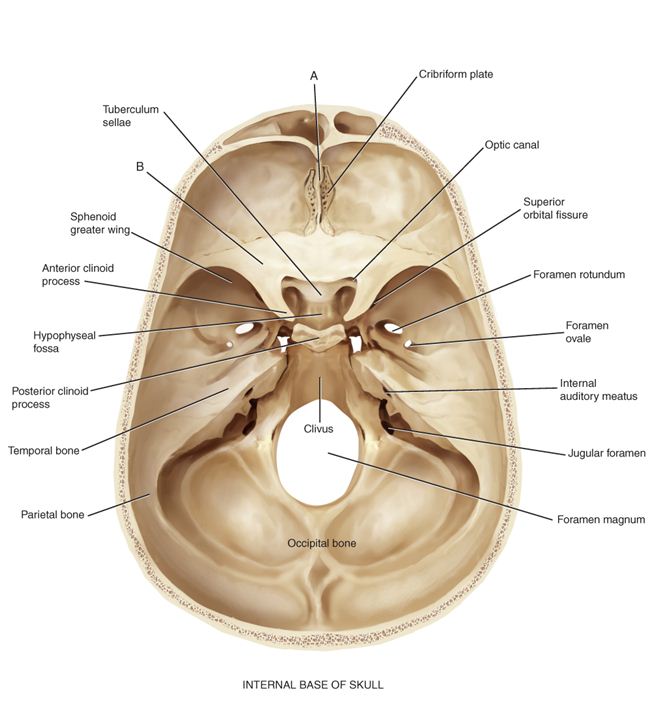Liam is a body builder and frequently consumes protein powder as part of his fitness regimen. He consumes more protein than his body actually uses. What happens to the excess protein?
A. It is stored in adipocytes after being converted into fats.
B. The large proteins are secreted into the distal convoluted tubule by tubular secretion.
C. It is broken down into urea by the liver, which is then filtered into the glomerular capsule and also secreted elsewhere in the nephron.
D. It is filtered through the glomerular capillary into the glomerular capsule and into the nephron, where it is finally excreted in the urine.
Answer: C
You might also like to view...
The cells of the macula densa, the juxtaglomerular cells, and the extraglomerular mesangial cells form the
A) renal corpuscle. B) filtration membrane. C) nephron loop (loop of Henle). D) juxtaglomerular complex. E) afferent arteriole.
Identify the following

A 56-year-old woman has worked in a photography shop developing film for the past 20 years. She has a long history of shortness of breath and chronic cough, which have progressively become worse
Her FEV1 and FVC values were reduced but her FEV1/FVC ratio was within the normal range. Her diffusion capacity as measured by DLCO was low at 15 mL/min/mm Hg. A bronchoalveolar lavage and tissue biopsy were performed. The lavage sample revealed high numbers of macrophages but of abnormal appearance and high numbers of dead macrophages. What type of pathology would you expect to find? A. peribronchial inflammation with eosinophils B. granulomatous-like lesion in the terminal bronchioles with interstitial fibrosis and large foamy macrophages C. interstitial edema fluid accumulation with neutrophil infiltrate D. emphysematous lesion with large alveoli and minimum interstitial fibrosis
Which of the following is NOT a process of respiration?
A. voice production B. internal respiration C. ventilation D. external respiration E. transport of blood gases in the blood